08 September 2022
A Guide’s Guide to the Somme: Forceville Communal Cemetery & Extension
CWGF Guide Poppy Reed shares why you should take the time to visit Forceville Communal Cemetery.
I think you should visit Forceville Communal Cemetery & Extension

Image: Forceville Cemetery on a clear autumn morning
Forceville cemetery is certainly one of the more unique sites here on the Somme.
The site, designed by Sir Reginald Blomfield, is one of three of the first-ever sites to be built after the First World War.
The British and Commonwealth Armies took over this front-line area from the French Army in 1915. Later in August, the land adjoining the communal cemetery was designated for military graves.
This area, in particular, was used primarily by Field Ambulance Units in the run-up to 1 July 1916. As such, the original plot of the cemetery contains casualties from September 1915 to June 1916.
Today, the war cemetery contains 311 burials in total, of which only 3 are unknown. The cemetery also contains 7 German burials, from 1915, 1916 and 1918.
Even though in comparison to other CWGC sites, Forceville is quite small and off the beaten track, it contains some interesting stories and curious architectural features.
The story of Gunner Alec Rushworth
 Image: Gunner Alec Rushworth
Image: Gunner Alec Rushworth
Alec Brellisford Rushworth was born in Horsforth, Leeds, in 1897 to John and Maria Rushworth.
Alec enlisted into the army on 16 April 1915, joining the Royal Field Artillery. On 11 November 1916, he was awarded the Military Medal. Sadly, no citation for his actions survives.
In April 1916, Alec wrote to his local parish, thanking them for the care package sent to him and describing what life was like on the Western Front before the Battle of the Somme began:
“The life out here is not exactly pleasant, but it is often enlivened by the thoughtfulness of our friends at home […] Our division is still out of action and is just now billeted in the villages just outside a large town. The weather is very changeable just now, but it is nothing like it was during the winter months, when it was sometimes hard to tell whether we had joined the army or the navy.”
Alec was wounded between Colincamps and Beaumont-Hamel, however, it is unknown when this occurred.
He was evacuated to the V Corps Main Dressing Station and died from his wounds on the 19th of November 1916, just one day after the Battle of the Somme ended.
At the time, the adjoining field to the communal cemetery was used as the burial ground for the dead coming from the Field Ambulance dressing stations around the village.
Today, Alec is commemorated at Forceville Communal Cemetery Extension, with 15 of his comrades from the Royal Field Artillery. He lies in Plot 3, Row D, Grave Number 6.
Check out these features of Forceville Communal Cemetery
The cemetery today contains two very unique graves displaying the original prototype headstones for the Unknown Burials.
These originals were deemed too long and too expensive to engrave so many headstones with this text, so they were later simplified to Rudyard Kipling’s ‘An unknown British Soldier, Known unto God’ text.
The cemetery, being one of the three first Commission cemeteries built, was the most successful in its design and layout. Forceville was later used as the template for all the Commission’s future cemeteries.
The design of the cemetery is very typical to Blomfield’s style, especially the shelter building, of which he took great inspiration from Christopher Wren (often being nicknamed his ‘Wrenaissance’).
My connection to the Somme
 Image: CWGF Poppy Reed
Image: CWGF Poppy Reed
I was very lucky to grow up on the Somme - both of my parents are historians, and I spent so many of my holidays visiting the battlefields of both World War One and World War Two.
The Somme to me will always have that personal connection. Over the years, I’ve been focusing on the Canadian involvement in the Somme, whilst also researching specifically the use of tanks here, from September 1916 onwards.
I became a guide with the CWGC because it’s so important to remember not only the sacrifice of the dead but to tell their stories and continue their legacies for years to come.
Learn more about our Guides
The CWGF Guides Programme is our way of giving young history enthusiasts the chance to get out in the field to discover and share the stories of our war dead.
They become the eyes and ears of the Commission and Foundation on the ground at key sites in France and Belgium.
Visit our Guides page to learn more.


